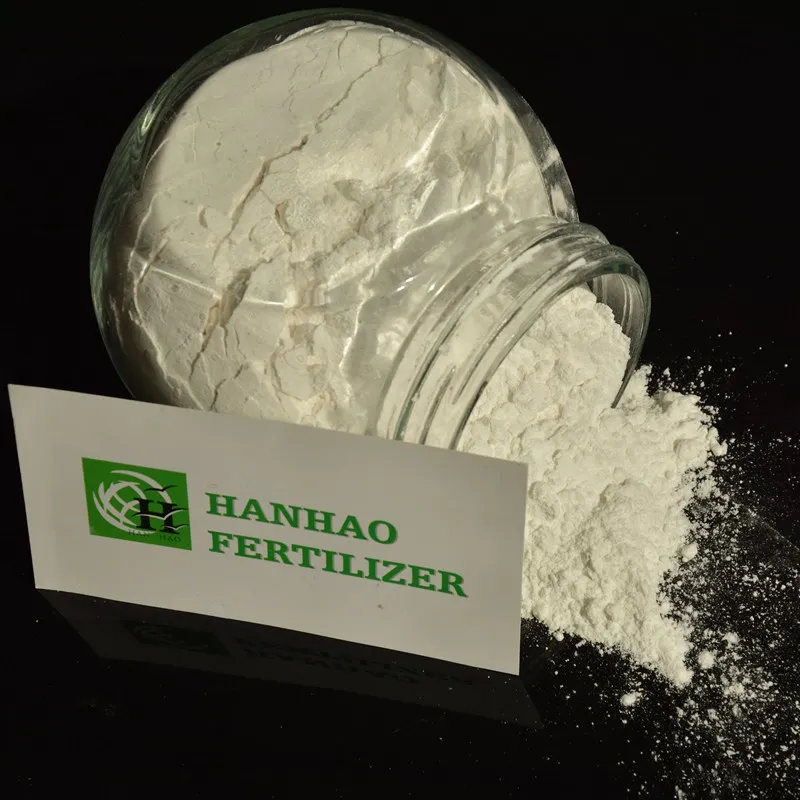Oct . 14, 2024 05:49 Back to list
Power Transfer Units in the Automotive Industry Design and Manufacturing Insights
The Role of Power Transfer Units in Automotive Manufacturing
In the ever-evolving landscape of automotive technology, the integration of advanced components such as Power Transfer Units (PTUs) plays a pivotal role in enhancing vehicle performance and efficiency. PTUs are critical mechanical devices that facilitate the transfer of power from the engine to the wheels, ensuring optimal traction and control. As the automotive industry shifts towards electrification and hybrid technologies, understanding the functionality and significance of PTUs becomes essential for manufacturers striving to remain competitive in a dynamic market.
Understanding Power Transfer Units
A Power Transfer Unit is designed to manage and distribute power within a vehicle’s drivetrain. It is a vital component, particularly in all-wheel drive (AWD) and four-wheel drive (4WD) systems. The PTU typically incorporates elements such as differential gears and hydraulic clutches, allowing it to regulate the distribution of torque between the front and rear wheels. This capability is crucial for improving vehicle stability, maximizing traction in challenging conditions, and enhancing overall driving performance.
In modern vehicles, PTUs also play a significant role in fuel efficiency. By optimizing how power is delivered to the wheels, manufacturers can reduce fuel consumption, contributing to lower emissions and compliance with stringent environmental regulations. The development of lighter and more efficient PTUs is a priority for many automotive manufacturers, as weight reduction can significantly impact a vehicle's overall performance.
The Evolution of PTUs in Automotive Design
The automotive industry has witnessed a transformation in Power Transfer Unit technology over the past few decades. Traditionally, PTUs were primarily mechanical systems, relying on physical components to manage power distribution. However, advancements in electronics and software have enabled the integration of more sophisticated algorithms that can anticipate driving conditions and adapt power transfer accordingly. This evolution not only enhances vehicle performance but also opens up new possibilities for autonomous driving technologies.
Manufacturers are now exploring the use of electric PTUs in hybrid and electric vehicles. These systems can provide instant torque and enable more precise control over power distribution, resulting in improved acceleration and stability. Electric PTUs also eliminate the need for traditional mechanical components, leading to further weight savings and increased efficiency.
power transfer unit automotive manufacturer

Challenges in PTU Manufacturing
Despite the advantages of modern PTUs, automotive manufacturers face several challenges in their design and production. One significant challenge is the need for durability and reliability. PTUs must withstand extreme conditions, such as high temperatures and varying loads, over extended periods. Manufacturers invest heavily in research and development to ensure that their PTUs can endure these stresses while maintaining optimal performance.
Additionally, as vehicles become more technologically advanced, the complexity of PTUs increases. This complexity can lead to higher production costs and require more sophisticated manufacturing processes. Manufacturers must balance the integration of cutting-edge technologies with cost-effective production methods to remain competitive in the market.
Future Trends in PTU Technology
The future of PTU technology looks promising, with several trends poised to shape its development. One notable trend is the increasing integration of artificial intelligence (AI) and machine learning in power distribution strategies. By analyzing real-time data from various sensors, AI-driven systems can make instantaneous decisions on power allocation, further improving vehicle handling and efficiency.
Another trend is the move towards modular designs in PTU systems. Modular PTUs allow for easier customization and scalability, enabling manufacturers to adapt their designs for different vehicle models without extensive re-engineering. This approach not only reduces costs but also accelerates time-to-market for new vehicles.
Conclusion
Power Transfer Units are vital components that play a critical role in the performance and efficiency of modern vehicles. As the automotive industry continues to evolve, so too will the technology surrounding PTUs. Manufacturers who invest in innovative designs and integrate advanced technologies will be better positioned to meet the ever-increasing demands of consumers while contributing to a more sustainable future in transportation. By embracing these advancements, automotive manufacturers can enhance their competitiveness in a rapidly changing market, ultimately leading to safer, more efficient vehicles for drivers around the world.
-
Fork Lift Power Units - Hebei Shenghan | Efficiency, Reliability
NewsJul.13,2025
-
1.5-Ton Turbocharged Cylinder-Hebei Shenghan|Hydraulic Solution,Energy Efficiency
NewsJul.13,2025
-
Auto Hoist Power Units-Hebei Shenghan|Efficiency&Industrial Lifting
NewsJul.13,2025
-
Double Acting Power Units-Hebei Shenghan|Hydraulic Solutions,Industrial Efficiency
NewsJul.13,2025
-
1.5 Ton Lifting Cylinder 70/82-40-290-535 - High-Performance Hydraulic Solution | Hebei Shenghan
NewsJul.13,2025
-
Fork Lift Power Units - Hebei Shenghan | Efficiency&Reliability
NewsJul.13,2025
